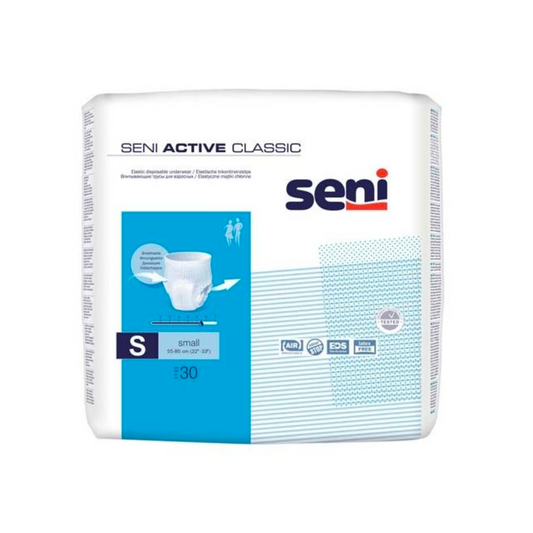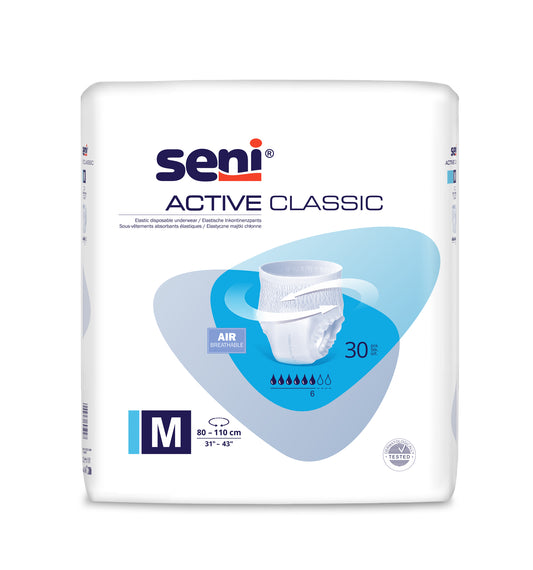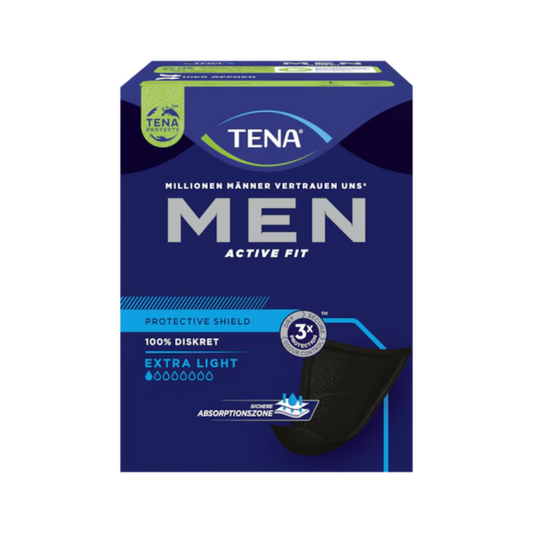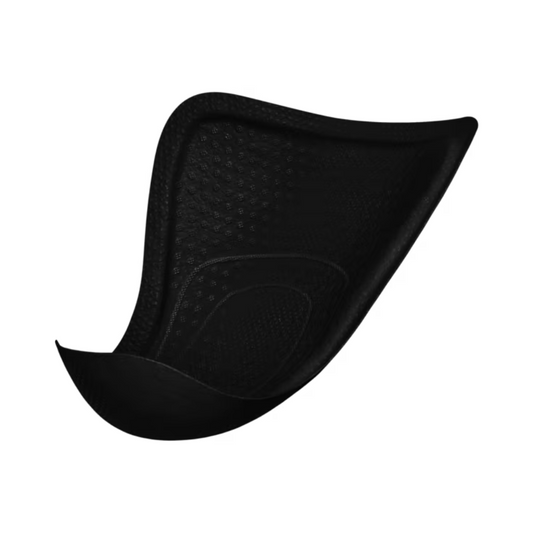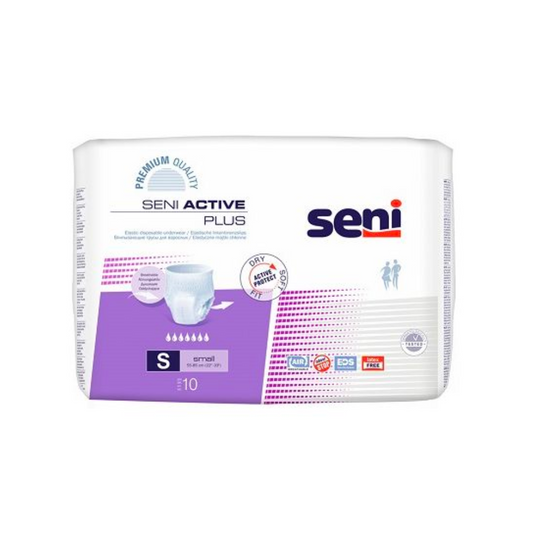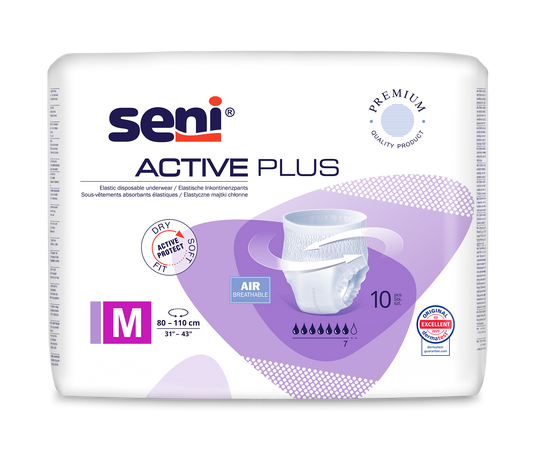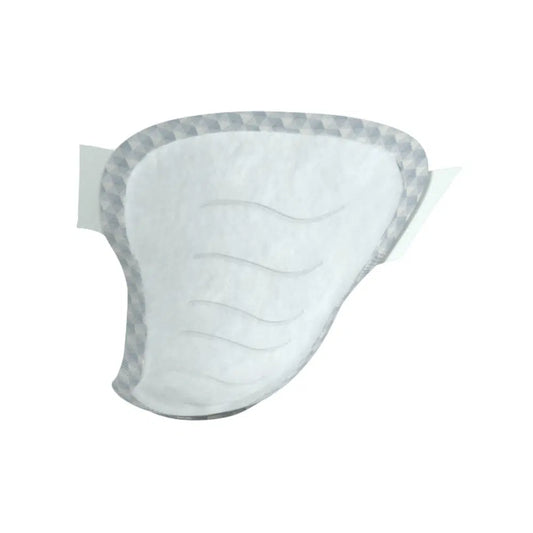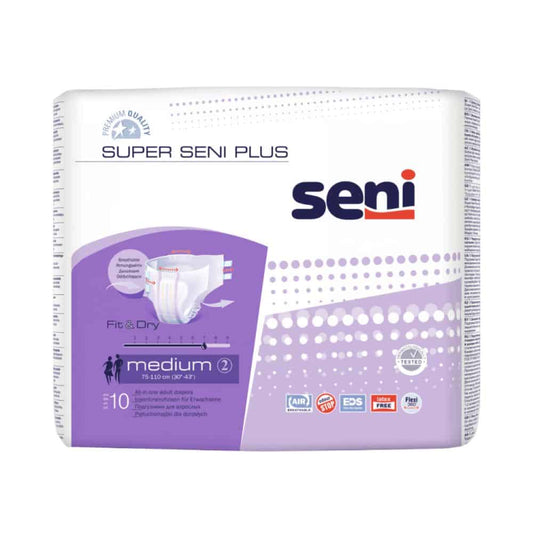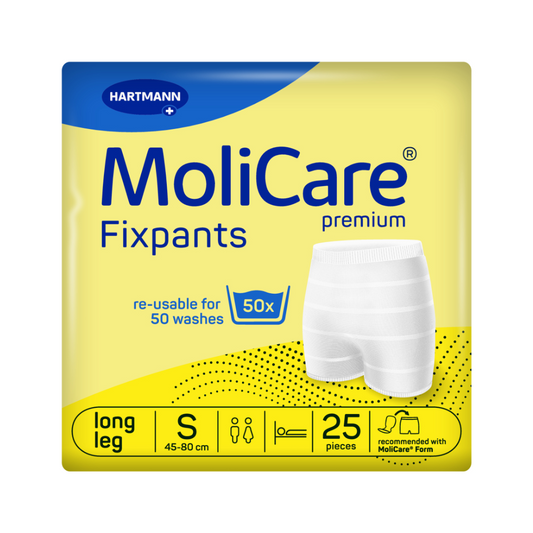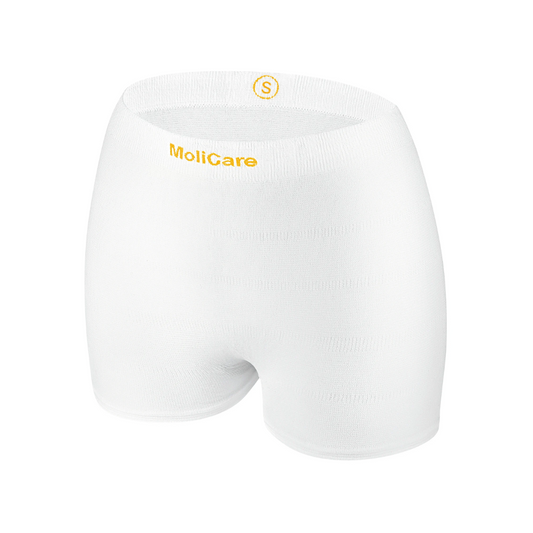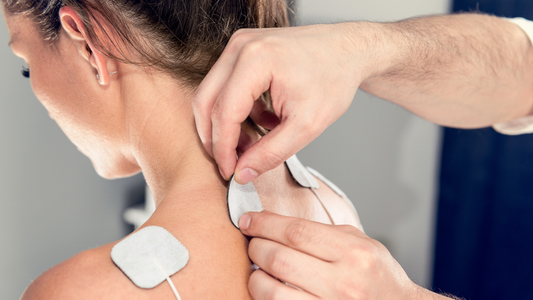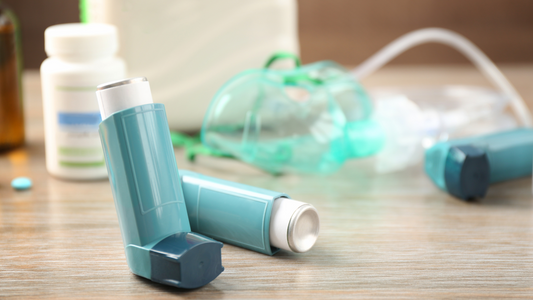
Blood pressure monitor in everyday life – your way to safe control and better health
Blood pressure is one of the essential vital parameters of our body - it indicates the pressure with which blood flows through the vessel walls. Both high and low blood pressure can cause serious health damage in the long term, often without those affected immediately noticing. Worldwide, high blood pressure and its consequences are among the leading causes of heart attacks, strokes, and other diseases of the cardiovascular system. Therefore, regular blood pressure checks are an essential part of early danger detection, monitoring treatment progress, and actively maintaining one's health. Thanks to modern blood pressure monitors, it is now easy to record reliable measurements conveniently at home - thus making a significant contribution to prevention in everyday life.
The importance of blood pressure measurement in everyday life
Regularly measuring blood pressure within your own four walls is an essential component of proactive health care. With the help of a modern blood pressure monitor, you can keep your values under control at all times and identify both high blood pressure (hypertension) and low blood pressure (hypotension) early. This allows timely measures to be taken before serious cardiovascular diseases occur. Continuous monitoring allows treatment plans to be optimized, medications to be individually adjusted, and risk factors such as stress, overweight, or lack of exercise to be specifically reduced. In this way, you take responsibility for your health, improve your well-being, and reduce the risk of stroke, heart attack, and other subsequent diseases.
For which diseases is a blood pressure monitor important?
A blood pressure monitor is particularly relevant for conditions like high blood pressure. Regular monitoring of blood pressure is extremely important here to detect anomalies early and respond accordingly.
|
Disease / Situation
|
Reason for measurement
|
Recommended frequency of measurement
|
|---|---|---|
|
Arterial hypertension (high blood pressure)
|
Monitoring progress, therapy adjustment, stroke and heart attack prevention
|
Daily or as prescribed by a doctor
|
|
Hypotension (low blood pressure)
|
Investigation of dizziness, fainting spells, and reduced performance
|
When symptoms occur and regularly as prescribed by a doctor
|
|
Coronary heart disease (CHD)
|
Optimization of blood pressure to protect the heart and reduce the risk of a heart attack
|
Regularly, often daily
|
|
Heart failure
|
Monitoring to avoid fluid overload and blood pressure spikes
|
Daily, possibly multiple times
|
|
Diabetes mellitus
|
Prevention and reduction of damage to vessels and organs
|
Regularly, at least several times a week
|
|
Chronic kidney disease
|
Early detection and monitoring of kidney function decline
|
Regularly, at least several times a week
|
|
Pregnancy hypertension / Preeclampsia
|
Early detection and prevention of health problems in mother and child
|
Multiple times daily depending on risk
|
|
Stroke aftercare
|
Stabilization of blood pressure to prevent further strokes
|
Several times daily in the acute phase, later regularly
|
|
Neurological diseases (e.g., dementia)
|
Supportive treatment and prevention of blood pressure fluctuations
|
According to medical recommendation, usually regularly
|
|
Medication changes (antihypertensives)
|
Monitoring the effectiveness and unwanted side effects of newly introduced drugs
|
Daily in the first weeks, later as needed
|
Selection criteria for the appropriate blood pressure monitor
Various criteria must be considered when selecting the appropriate blood pressure monitor. The accuracy of the readings is of great importance, as is the user-friendliness of the device. A clear display and simple operation significantly contribute to practical use. Additionally, the cuff size of the upper arm blood pressure monitor should be adjustable to the individual arm circumference to ensure precise results. The ability to store measurement results via a connect function and share them with the doctor can facilitate blood pressure monitoring and enable effective treatment.
Comparison of wrist and upper arm blood pressure monitors
- Upper arm blood pressure monitors: These devices are applied to the upper arm and are considered standard in medical facilities. They offer high measurement accuracy because the cuff is positioned directly on the upper arm, where the arteries are larger and more accessible. Many models have automatic inflation functions and large displays that ensure easy readability. Upper arm devices are particularly suitable for people with high blood pressure risk or for regular monitoring. However, handling requires some freedom of movement and may be less comfortable for older or physically impaired individuals.
- Wrist Blood Pressure Monitors: Devices for the wrist are compact, lightweight, and easy to apply. They are particularly suitable for travel or for people who have difficulty applying an upper arm cuff. The measurement is taken at the wrist, allowing for quick application. However, the accuracy of the measurement depends on the correct positioning of the device at heart level. Incorrect posture can lead to inaccurate results. Modern wrist devices have practical features such as memory spaces for measurement results and display of heart rhythm disturbances.
Step-by-Step Guide to Using the Blood Pressure Monitor for Accurate Measurement
To achieve accurate measurement results with your blood pressure monitor, follow this precise guide:
- Apply the cuff to the bare upper arm.
- Ensure that the cuff is snug but not too tight.
- Press start and let the device take the measurement.
- Avoid movement during the measurement process.
- Record the measurement results and check for possible deviations.
Consider regular measurements to monitor your blood pressure.
Integration of the Blood Pressure Monitor into the Daily Health Check
Checklist for Correct Blood Pressure Measurement
- Ensure Regular Use: Integrate blood pressure measurement firmly into your daily health routine.
- Choose Measurement Time: Try to perform the measurement at the same time of day whenever possible.
- Select a Quiet Environment: Ensure that you are in a calm and relaxed environment during the measurement.
- Use Suitable Device: Use an upper arm blood pressure monitor for reliable results.
- Pay Attention to Body Position: Sit upright and rest your arm loosely on a surface so that the cuff is at heart level.
- Remain Calm Before Measurement: Avoid physical exertion, stress, or consumption of caffeinated beverages at least 30 minutes before the measurement.
- Document Measurement: Regularly note the results to detect changes early.
- Regularly Maintain Device: Check the blood pressure monitor for correct function and replace batteries if necessary.
With this checklist, you support precise blood pressure measurement and actively contribute to your health care.
Handling measurement results and communication with the doctor
After performing a blood pressure measurement, it is of great importance to interpret and handle the results appropriately. In the case of unusual or recurring values, it is advisable to seek medical advice immediately. Communication with your doctor about your measurement results and any symptoms is essential for a sound medical assessment. Show your doctor the recorded data and discuss possible actions or adjustments to your health routine together. Open and honest interaction with your doctor ensures optimal care and support in controlling your blood pressure for your overall health and well-being.
Conclusion: More safety and health with the blood pressure monitor
In summary, it can be stated that the regular use of a blood pressure monitor can make a significant contribution to one's health. By accurately and reliably measuring blood pressure, you can detect potential health risks early and counteract them in a targeted manner. Investing in a high-quality blood pressure monitor from renowned manufacturers like AMPRI, Hartmann, or Beurer is worthwhile to keep an eye on your health in the long term. With easy handling and accurate results, a blood pressure monitor offers the opportunity to actively participate in your own health and promote well-being. Take this chance to enhance your well-being and ensure long-term safety for yourself. At Altruan.de you will find everything related to health and practical products for your everyday life.
